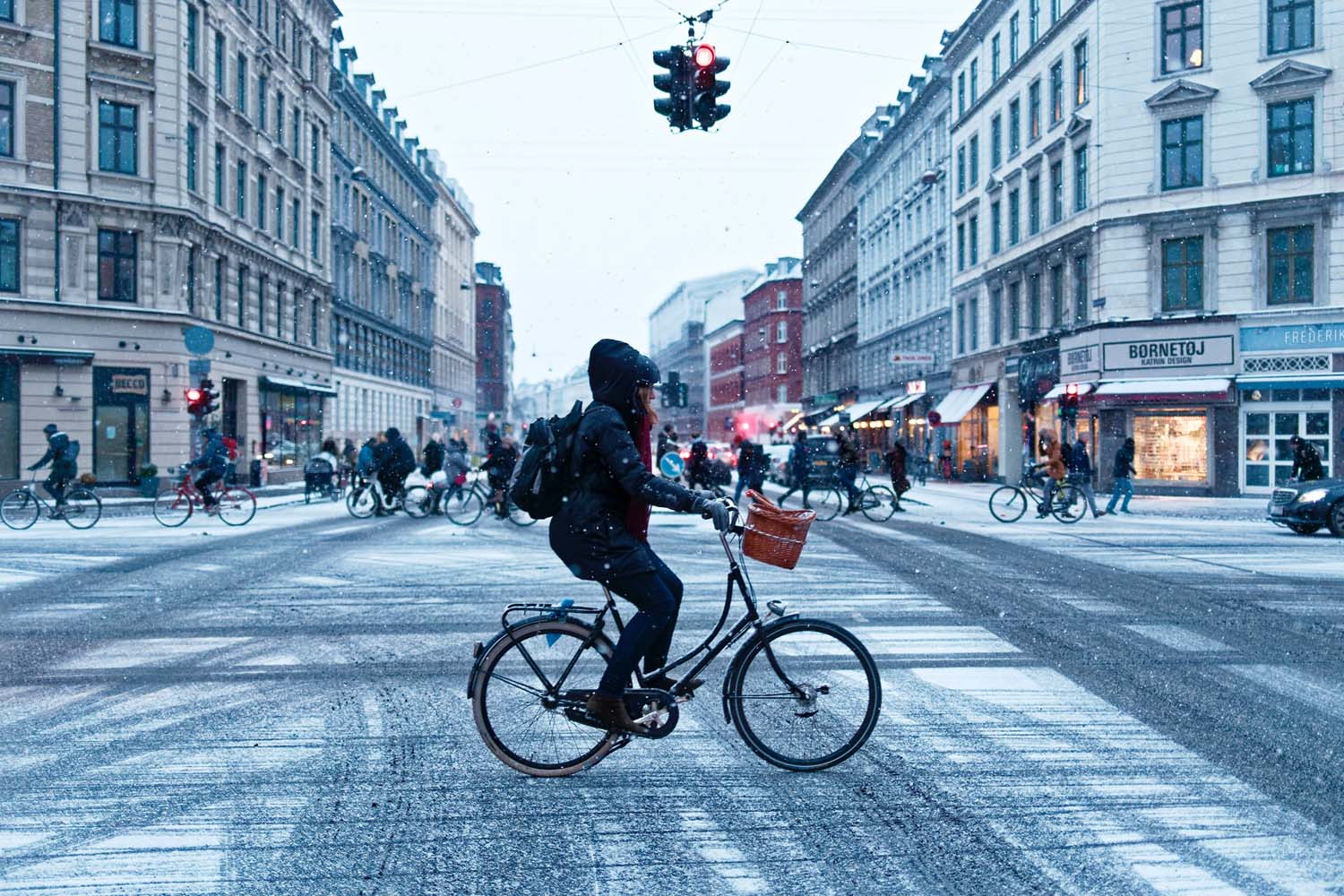Hedonistic urbanism: translating self-interest to social good

We are publishing a series of blogs on designing for a changing climate. Here Director of Urban Strategy at Urban Movement Christopher Martin writes about the challenge of translating self-interest to social good.
Behaviour change programmes have for some time been relied on to encourage people to do things that, rather obviously, they are not currently doing. This is often a difficult task, as people normally have reasons for behaving the way they do.
These are behaviours that are, in essence, the result of an environment which has invited us to act in certain ways. This reflects the fact, or at least my conviction, that places shape our behaviour, and over time that behaviour becomes culture: the way we do things.
Inactivity crisis
Globally, we are not in a good place right now in terms of our cities. We have an inactivity crisis: in some countries, doing nothing is one of the biggest killers. We have growing urban loneliness and mental health crises. And in case you missed it, we have a climate emergency.
The way we have shaped cities has played a role in the development of these crises. To my mind, the way we shape cities going forward holds the answer.
We need to use the space between buildings as a catalyst to solve these global crises and accommodate the forecasted rapid urban growth. This is as opposed to using it principally to serve the needs of a commodity, as we have done for most of the last century.
Commodity of the car
Where the space between buildings has conformed to the commodity of the car for a long time, residents’ behaviours have been shaped accordingly. The result is that this way of life is now viewed by many as their culture.
This makes the issue of changing behaviours a great deal more challenging. People do not see ‘improvements’ and urban design and transport schemes as making cities better and trying to tackle crises. They see them instead as an attack on their culture.
It is for this reason that I think we need to approach urban design projects with the understanding that ‘design’ and ‘behaviour change’ are not separate things. We need to compel people to change by making what is best for cities and for society a far more attractive choice. In short, we need to marry self-interest and societal good.
Self-interest and societal good
One of many interesting examples of marrying self-interest and societal good is from Stockholm. The city wanted people to drive slower through certain areas. We all know the benefits of controlling vehicle speeds in urban places. To get people to do this, they did not use promotional campaigns or traditional methods of traffic engineering like speed bumps.
Instead, they understood that they were not trying to slow down vehicles, but rather trying to get the people driving to do so more slowly. With this understanding, it was easier to achieve results because they were able to target human behaviour.
The city installed radar cameras to measure the speed of vehicles, which is common enough. Drivers travelling above the speed limit were issued an automatic fine. But those below the speed limit were entered into a lottery for a chance to win a portion of the speeders’ fines (up to $3,000). With this, average speeds fell from 32km/h to 25 km/h.
Before the project, people were clearly acting in their self-interest and driving at a speed they considered more beneficial to them, irrespective of the others around them. Following the scheme, it was in most people’s interest to act in a way that was better for all, and they did so.
Hedonistic urbanism
Cutting to the chase, my simple contention is that people are most likely to change their behaviour when they want to. If we look at why people in Copenhagen cycle, we see this is not, on the whole, because it is cheap or healthy. They cycle chiefly because it is the easiest travel choice to make for many journeys.
Human beings have a remarkable natural instinct to save and store energy. We used to have to do this to survive, so it is hardwired into our behaviours. Essentially, we will almost always take the path of least resistance going about our daily lives.
We have to work with the human condition if we want to compel people to change. And so I propose that we should be designing cities according to the principle of ‘hedonistic urbanism’.
Hedonistic urbanism understands that people often act in their own self-interest, but aims to marry self-interest with societal good. It develops urban interventions that compel people to naturally choose what is best for the city, for society, and for them.
It does this by making the best option also the easiest, the most enjoyable and the most fun. With this we do not get parallel behaviour change programmes, we get people queuing up to do good.
About the author
Christopher Martin is the Co-Founder and Director of Urban Strategy at Urban Movement. Christopher has worked all over the globe to help communities improve their public spaces. He has also supported governments to develop strategies, change policies, and make great places possible.
Header image credit: Max Adulyanukosol on Unsplash
Share your place-based climate action
We would like to hear from communities and local authorities who are creating carbon conscious places. If you are designing and adapting a place to reduce, repurpose and absorb carbon, please share examples of your work with us.
